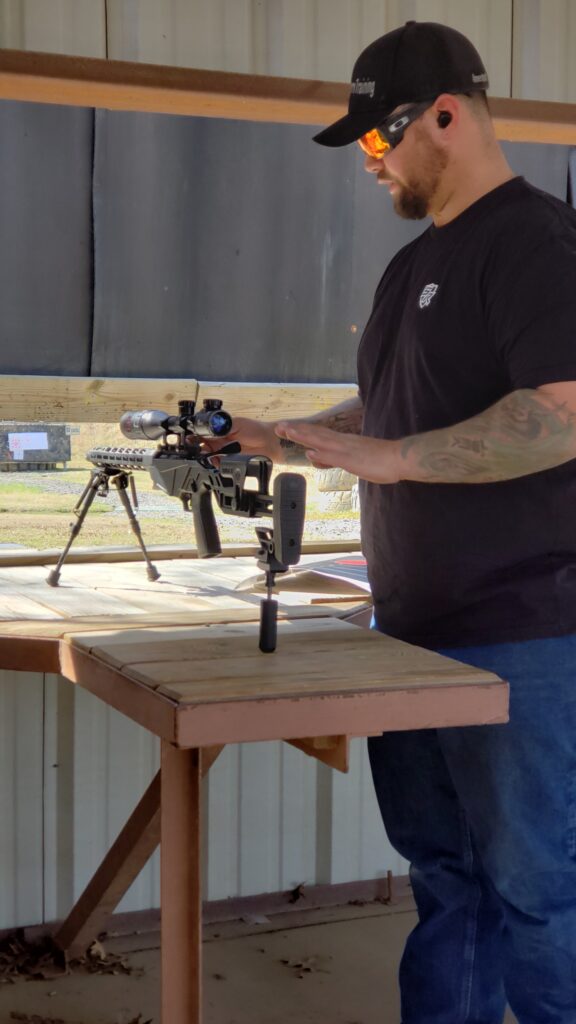Firearms safety is paramount for responsible gun ownership. To ensure it, individuals must adopt specific practices in handling, storing and using firearms, as well as obtain training and continuing education from certified professionals.
Safe Storage
Proper storage is important in preventing unauthorized access and accidents. Firearms should always be stored unloaded in a secure location, such as a locked safe or cabinet. It’s advisable to use a gun lock for additional security.
Ammunition should be stored separately, and both firearms and ammunition should be kept out of reach of children and unauthorized users.
Handling Firearms Safely
When it comes to handling a firearm, most experts point to what they call the four golden rules:
1. Always treat the gun as if it’s loaded;
2. Point the firearm in a safe direction;
3. Keep your finger off the trigger until you are ready to fire;
4. Identify the target and what is around it.
“Anytime you’re going to handle a firearm, you have to check it for yourself and make sure it’s unloaded,” says Dan’niel McKnight, owner and lead instructor for American Firearm Training in Broken Arrow. “If a person doesn’t properly know how to do that, I recommend they never touch [the firearm]. Keep it in the box or a safe and have someone help them.”
These fundamental rules underscore the importance of maintaining a safety first mindset. In addition, when transporting a firearm, use a case to prevent accidental discharge, and always ensure the gun is unloaded.

Education is Key
Instructors can provide essential safety information, such as the importance of firearm maintenance and understanding how different types of guns operate.
“Get professional training,” McKnight urges. “A lot of people in Oklahoma have been raised around guns and are under the impression that they don’t need training, but everyone needs training – at every level.”
Educational sessions should include practical exercises on safe handling and the use of safety mechanisms. Awareness of the legal responsibilities of gun ownership, including laws pertaining to concealed carry licenses and transport are also critical.
“Training is not a one day, eight-hour class,” says Matthew Moulton, co-owner of OKC Tactical, a firearms academy in Yukon. “When our clients train with us, they do it for an hour a week and for months at a time. So they get a lot of repetitions and a lot of real world scenario training. It’s not just about shooting the pistol. It’s about how to maneuver the pistol, understanding how it works, and keeping it functioning properly [to] keep yourself effective and safe.”
Behaviors to Avoid
Certain behaviors can significantly increase the risk of accidents.
“When it comes to pointing the firearm in a safe direction, I try to get my students to visualize something like a lightsaber,” McKnight says. “So I tell them, ‘Every time you handle a firearm, in your mind you need to pretend and visualize that long lightsaber coming out the end of the gun.’ This is especially important for handguns because they are so short and easy to point in the wrong direction.”
Never engage in horseplay around a firearm. Do not use alcohol or drugs before or while handling guns. Additionally, avoid altering or bypassing safety features on firearms, which can lead to dangerous situations.
Responsible firearm ownership involves a commitment to safety through proper storage, careful handling and ongoing education. By adhering to these guidelines and fostering a culture of safety, gun owners can ensure their own protection and that of others.






















